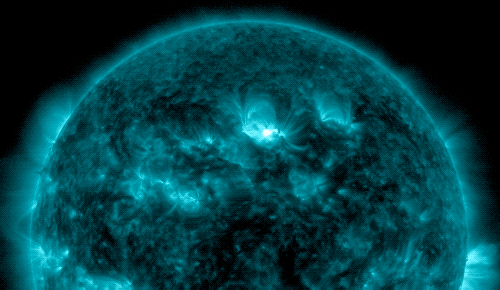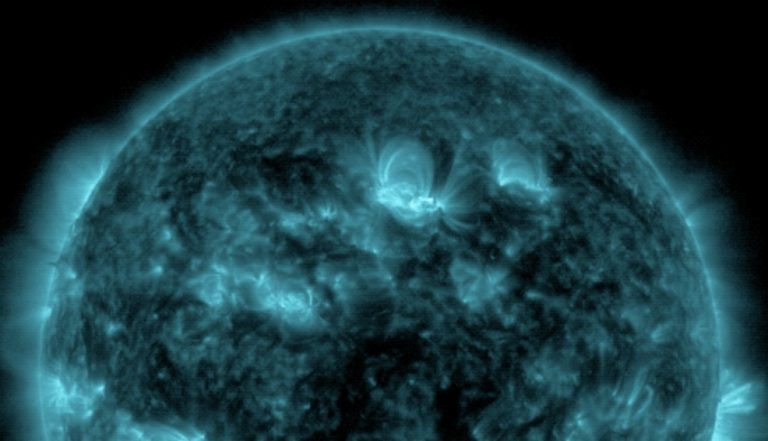Solar Max Update: Sun Releases Three X-Class Flares
Key Takeaway:
The Sun is intensifying its activity as it approaches solar maximum, evident from the recent release of three X-class solar flares. Solar flares, categorized based on their strength, pose various risks to Earth’s communications, power grids, spacecraft, and astronauts. Predicting solar maximum is challenging but estimates suggest it will likely occur between May 2024 and early 2026. Understanding solar activity is crucial, and advancements in technology are aiding scientists in studying and predicting solar cycles.
Summary:
- The Sun released three X-class solar flares within a 24-hour period on May 5 and May 6, 2024.
- Solar flares can disrupt radio communications, electric power grids, and pose risks to spacecraft and astronauts.
- NOAA’s Space Weather Prediction Center (SWPC) estimates solar maximum to occur between May 2024 and early 2026.
- Solar flares are explosions on the Sun caused by magnetic energy associated with sunspots.
- Flares are classified based on strength, with X-class being the most intense.
- Solar flares are often accompanied by coronal mass ejections (CMEs), which can produce auroras on Earth.
- Missions like the Solar Dynamics Observatory, Solar Orbiter, and Parker Solar Probe provide valuable insights into the Sun’s behavior.

Sun Releases Three X-Class Flares
The recent surge in solar activity, marked by the release of three X-class solar flares in just over a 24-hour period, has brought renewed attention to the Sun’s impending transition towards solar maximum. As the Sun continues its journey through its 11-year activity cycle, scientists and space agencies are closely monitoring these developments, recognizing the potential impacts on Earth and space-based technologies.
These recent flares, measuring at X1.3, X1.2, and X4.5, highlight the Sun’s increasing activity as it progresses towards its peak in solar maximum. The classification of solar flares, similar to the Richter scale for earthquakes, categorizes them based on their strength and energy output. X-class flares represent the most intense category, with each successive letter indicating a tenfold increase in energy.
Understanding the potential impacts of solar flares is crucial for reducing their effects on Earth’s technology and infrastructure. Radio communications and electric power grids are particularly vulnerable to the effects of solar activity. Additionally, spacecraft and astronauts in space face increased risks from heightened radiation levels during solar events.
The Space Weather Prediction Center (SWPC) at NOAA plays a crucial role in forecasting solar activity and its potential impacts. While predicting solar maximum with precision remains challenging, ongoing efforts by scientists and researchers aim to improve our understanding of solar cycles and enhance predictive capabilities.
The recent advancements in solar observation technologies have greatly contributed to our understanding of the Sun’s behavior. Missions such as the Solar Dynamics Observatory (SDO), Solar Orbiter, and Parker Solar Probe provide unprecedented views of the Sun’s surface, allowing scientists to study solar phenomena in detail.
As the Sun continues its journey towards solar maximum, scientists and space agencies remain vigilant, utilizing cutting-edge technologies and collaborative efforts to monitor and understand solar activity. By studying the Sun’s behavior, we can better prepare for and mitigate the potential impacts of solar events on Earth and in space.
Hashtags:
#SolarMax, #SolarFlares, #SpaceWeather, #NASA, #NOAA, #SunScience #Solar Max
Source: blogs.nasa.gov/solarcycle25/2024/05/06/sun-releases-three-strong-flares/

